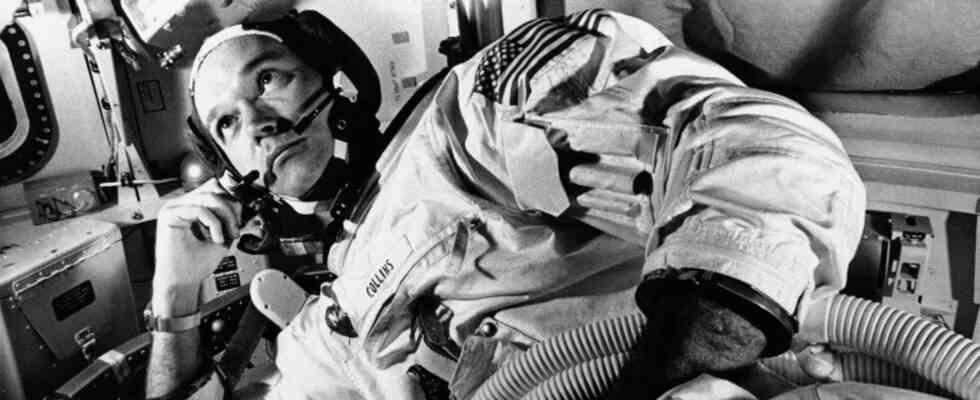They are beautiful, the images of galaxies billions of light years away and colorful nebulae that the James Webb Space Telescope sent to Earth this week (You can find the pictures here). But admittedly: the view into space is not cheap. The project is said to have cost around ten billion US dollars. And all for a few – albeit impressive – photos?
First of all, it’s not just about a “few” nice pictures. According to NASA, the Hubble telescope (Webb’s predecessor) has observed more than 38,000 celestial objects since the mission began in 1990, covering almost five billion kilometers and providing data for more than 11,000 scientific papers to 4,000 astronomers around the world. Now the brand new James-Webb has fuel for 20 years, but is also significantly more powerful than Hubble. The calculation takes care of itself.
Nevertheless, in the face of climate change, war and inflation, many are likely to ask: So what? What does the expensive look up bring us down here? The answer: quite a lot. 15 technologies from everyday life that would never have existed without space travel.
Sources: NASA; JPL; “USAToday“; Kennedy Space Center; “Interesting Engineering“

